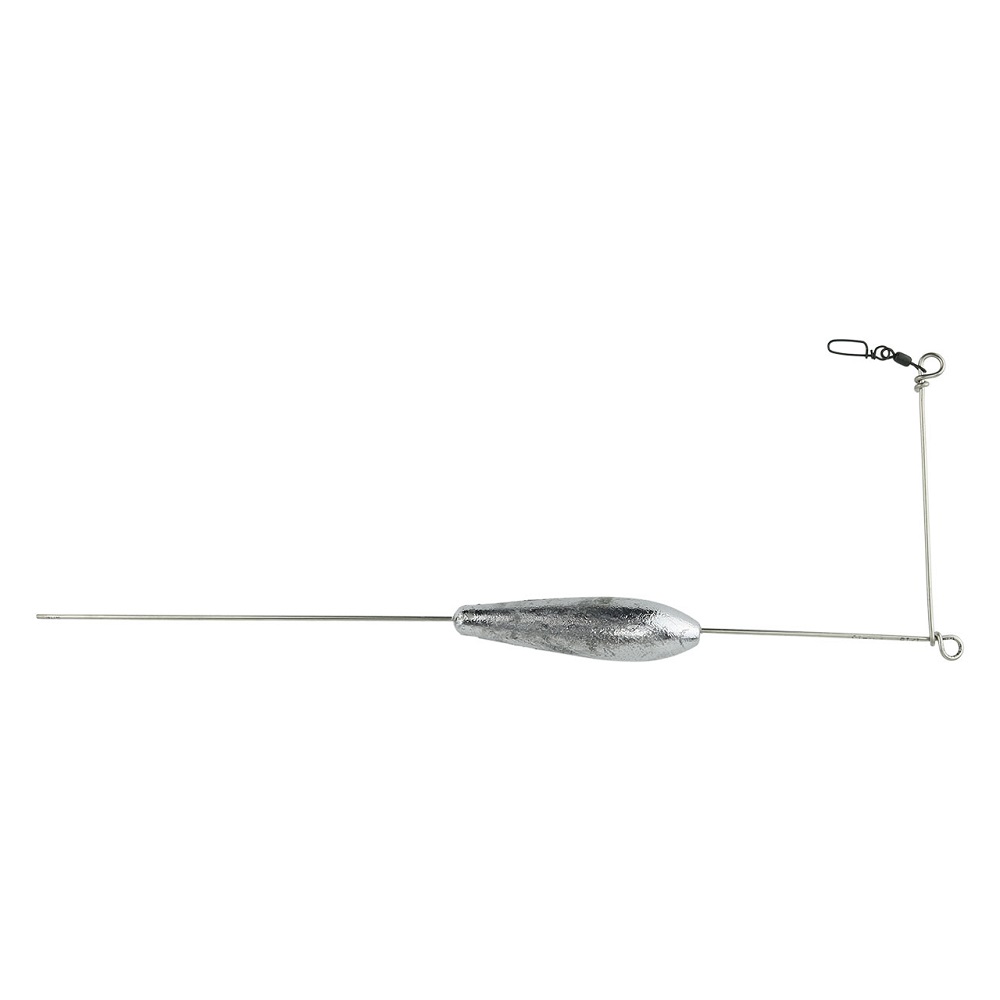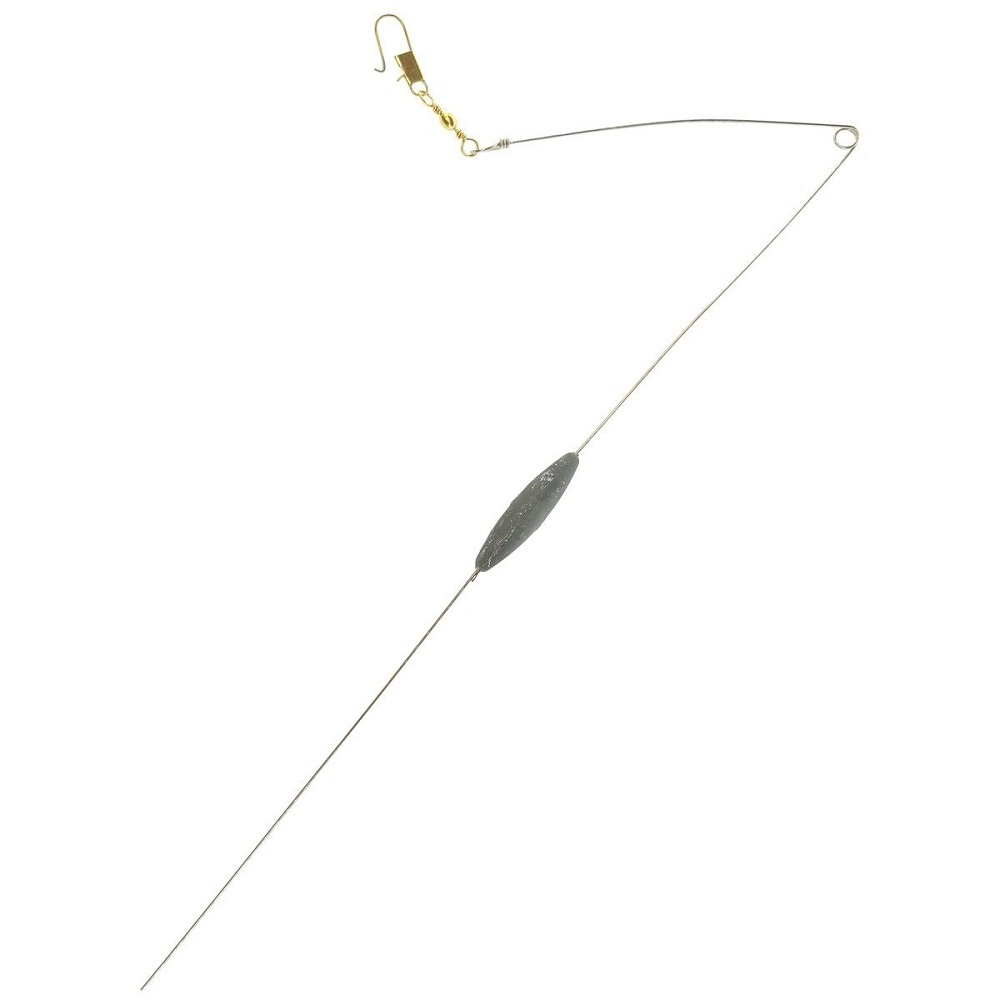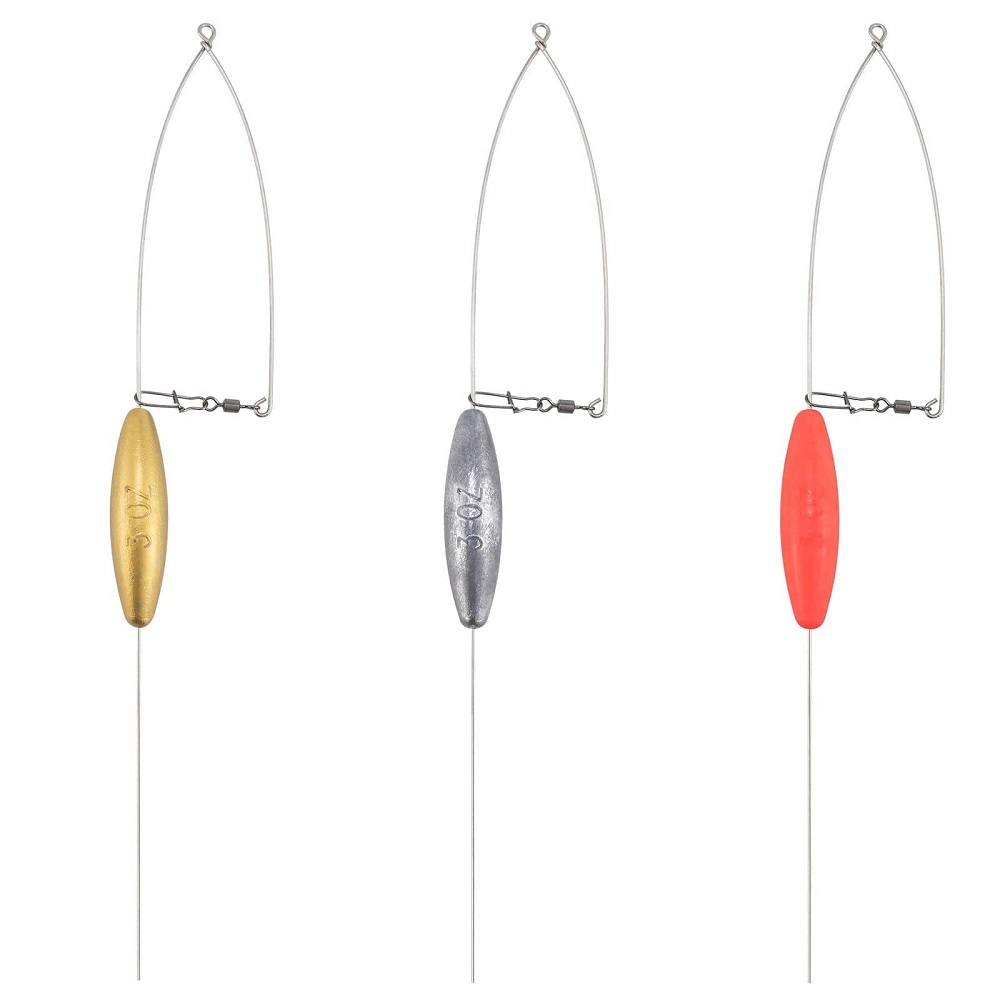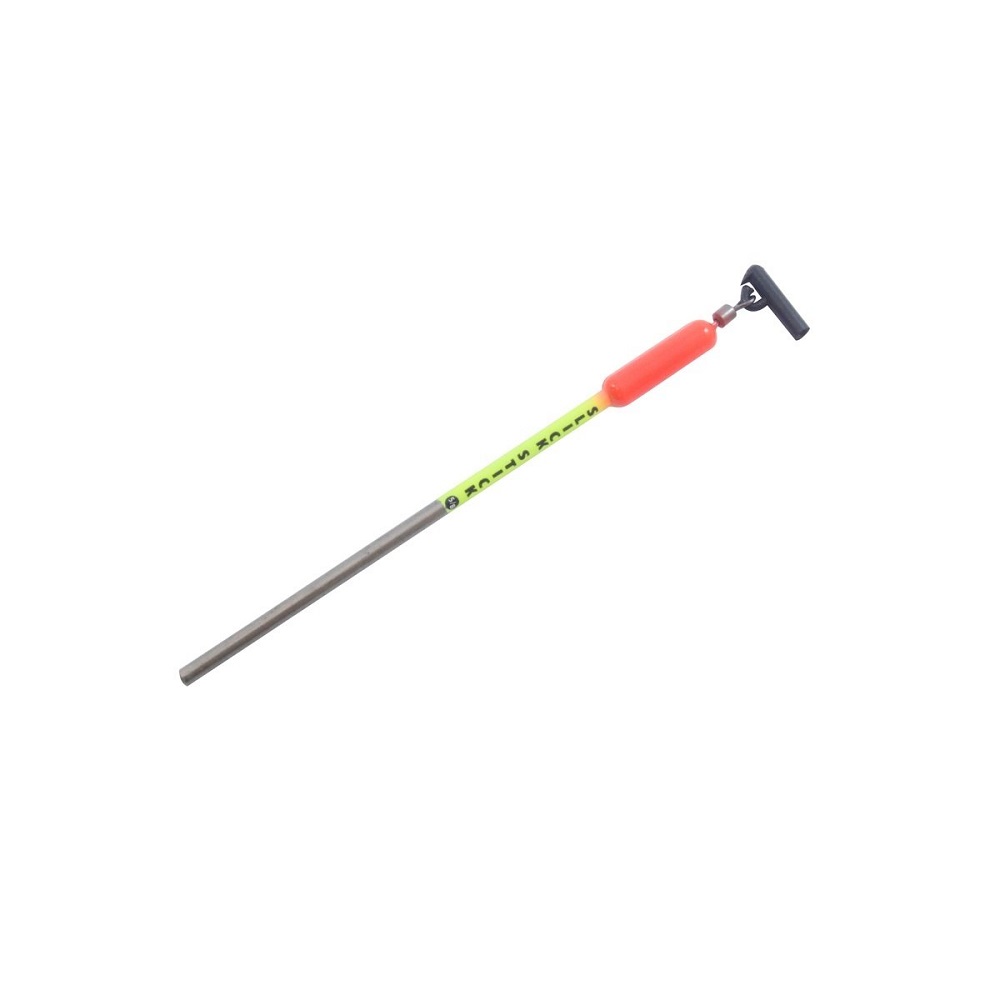Introduction to Bottom Bouncing Technique
Bottom bouncing is a tried and true method for walleye fishing. It’s a technique that uses a special weighted wire–the bottom bouncer–to maintain your bait at the perfect depth near the lakebed. The approach is simple: the weight keeps the bait down, while the wire arm helps prevent snags by bouncing off the bottom structure. Whether you’re a seasoned angler or new to walleye fishing, mastering the bottom bouncer can dramatically improve your catch rates.
This technique is effective because it allows anglers to present their bait in a way that appeals to the walleye’s natural hunting instincts. Walleye are known for patrolling the lakebed for prey, and a well-bounced rig imitates the movement of live bait effectively. The rig’s ability to stay close to the bottom makes it especially useful in deep waters, where walleye often reside.
One key benefit of bottom bouncing is its versatility. You can alter the setup in numerous ways to suit different conditions and preferences. For example, changing the size of the bottom bouncer, experimenting with different blades, or adjusting the bait can all influence your success. Whether fishing in calm or rough waters, in the summer’s warmth or the cooler months, bottom bouncing remains a consistent strategy for enticing those elusive walleye.

Selecting the Right Rod, Reel, and Line for Bottom Bouncers
Choosing the right equipment is crucial for successful bottom bouncing. This section will guide you in selecting the ideal rod, reel, and line.
Selecting the Ideal Rod
For bottom bouncing, a stouter rod is recommended. This provides the backbone necessary for setting the hook effectively and helps handle more significant weights. A 6’6″ to 7’0″ medium-heavy rod with fast or moderate action is optimal. This range offers a good balance, allowing you to feel the bottom structure and detect bites without sacrificing the power needed for setting hooks or fighting walleye.
Choosing the Right Reel
A larger spool baitcasting reel is ideal for bottom bouncing. While line counters are not essential, they are beneficial if you are fishing with less experienced anglers. They help ensure that your fishing lines are set at the correct depths, minimizing the chance of tangling and optimizing bait presentation.
Optimal Line Selection
Selecting the right fishing line can significantly impact your success. A no-stretch line, such as an 8-12 lb. Berkley Fireline, is advantageous for bottom bouncers. Its properties allow you to feel even the subtlest bites and the smallest contacts with the lakebed, ensuring you are always in control. Additionally, a visible line color helps in monitoring the angle at which your bait is running, which is crucial for proper presentation.
Using this carefully selected equipment increases your chances of success in walleye fishing using bottom bouncers. The right gear not only enhances the effectiveness of the technique but also makes the fishing experience smoother and more enjoyable.
Choosing the Ideal Bottom Bouncer Weight
Choosing the right bottom bouncer weight is key for effective walleye fishing. The weight determines how well your rig stays in contact with the bottom, which is crucial for enticing the walleye. Here are some factors to consider when selecting the weight of your bottom bouncer:
- Consider the Depth: As a general rule, use 1 ounce of weight for every 10 feet of water. If you’re fishing in 20 feet, a 2-ounce bouncer is a good choice.
- Think About Speed: The faster you plan to troll, the heavier the weight you may need. A heavier bouncer ensures your bait maintains the right depth without rising too much due to water resistance.
- Avoid Tangles: Using too light a weight can cause your line to trail too far behind the boat, increasing the risk of tangles. A slightly heavier bouncer helps keep lines separate, especially if fishing with multiple rods.
- Size Matters For Control: Smaller weights are suitable for shallow waters and precise control in calm conditions. In contrast, larger weights are better for deep water or when you need more stability against currents.
- Front vs. Back of the Boat: When trolling with several lines, you might opt for heavier weights at the front of the boat and lighter ones at the back. This helps prevent line crossover and maintains a spread-out bait presentation.
Blade Selection for Targeting Walleye
Selecting the ideal blade is a fundamental step in bottom bouncer walleye fishing. Different blade types and sizes can significantly impact your catch rate. Here’s how to choose the right blade for targeting walleye:
- Consider the Season: Early in the season, smaller blades are often more effective. They present a less invasive profile in the water. As the season progresses, increasing blade size can trigger more bites from active walleye.
- Blade Type Matters: Smile Blades and Colorado Blades are popular choices. A Smile Blade 0.8 adds subtle flash and vibration. Colorado Blades generate more lift and movement, drawing attention from walleye.
- Color Selection: Go for metallic colors like gold and silver to mimic natural baitfish. Bright colors such as hot pink, chartreuse, and orange can be effective in stained or murky water.
- Size Adjustments: Smaller blades work well at slower speeds, while larger ones require faster movement to spin properly.
- Vibration and Flash: Blades create sensory cues that walleye can’t resist. Adjust the size and type to match the water clarity and walleye activity levels.
By carefully choosing the appropriate blade based on these factors, you enhance the attractiveness of your setup. This can result in more walleye strikes and a more successful bottom bouncing experience.

The Smile Blade Setup Explained
The Smile Blade setup is a potent tool for walleye fishing. Here’s a simple guide on how to assemble and use this effective rig:
Why Choose the Smile Blade?
Small yet mighty, the Smile Blade is known for its slight flash and vibration. It’s ideal for catching the attention of walleye without being too overpowering. Using this compact blade, anglers can appeal to walleye’s sense of sight and movement, thereby increasing the chances of a bite.
Assembling the Smile Blade Setup
To create the Smile Blade setup, start with a #2 to #4 hook. This size is perfect for walleye. Then, thread a single 5 mm bead onto your line before adding the Smile Blade. The bead helps to keep the blade in place and adds extra visual appeal.
Versatility in Speed
One of the great benefits of the Smile Blade is its versatility with speed. Whether you’re trolling slowly or picking up the pace, the Smile Blade will maintain its attractive motion. This makes it an effective tool across various fishing conditions.
Final Touches
Lastly, finalize your setup with the appropriate bottom bouncer weight. This ensures that your Smile Blade rig remains at the right depth and near the bottom where walleye are feeding.
By following these guidelines, you can create a Smile Blade setup that’s bound to attract walleye. Invest time tuning your rig to the fishing conditions, and you’ll likely see success with the bottom bouncer for walleye.
Transitioning from Early Season to Late Season Walleye Fishing
As walleye seasons change, so should your bottom bouncer tactics. Transitioning from early to late season requires adapting your gear, approach, and bait selection to match the walleye’s behavior. Here’s how you can fine-tune your bottom bouncer strategy:
- Early Season Approach: In the cooler waters of early season, walleye are slow and prefer smaller baits. Use lighter bottom bouncers and smaller blades, such as the Smile Blade 0.8. Slow your trolling speed to give walleye a chance to strike.
- Mid-Season Changes: As water warms, walleye become more active. They’re now attracted to larger blades and brighter colors. Upgrade to bigger bottom bouncers for deeper or faster waters. Use metallic blades for extra flash in clearer waters.
- Late Season Tactics: Fall brings cooler water temps again, but walleyes are preparing for winter. They target larger prey. Switch to size #3 or #5 Colorado blades to mimic bigger baitfish. Larger profile blades can entice more aggressive strikes from walleye.
- Be Responsive: Watch for walleye feeding patterns and water conditions. Be ready to switch blades or adjust your bottom bouncer’s weight. Use your experience and observe signs to fine-tune your approach for all-day effectiveness.
- Use Vibration and Color: In darker or dingy conditions, increase blade size for more vibration. Pick blades with bright and contrasting colors to stand out.
Adapting your bottom bouncer for walleye setups through the seasons can keep you ahead of the curve. Whether walleye are sluggish in the spring or aggressively feeding in the fall, a responsive approach will boost your catch rate.

Strategies for Preventing and Managing Tangles
Tangles can turn a peaceful fishing trip into a frustrating ordeal. To avoid them while using bottom bouncers for walleye, consider these tips:
- Use Heavier Weights: Select a weight that keeps your line at a steeper angle. This reduces the chance of lines crossing and creating tangles.
- Stagger Your Lines: If you’re using multiple rods, arrange them so each rod’s line enters the water at a different distance from the boat. This spacing helps prevent the lines from getting twisted together.
- Monitor Bait Deployment: Pay close attention when letting out your baits. Make sure each bait is set at the intended depth before deploying the next one.
- Employ Line Counters: Reels with line counters help you maintain precise control over the distance your line is set back. This goes a long way in keeping lines away from each other.
- Check Your Speed: If you’re moving too fast, your bottom bouncer may not touch the bottom correctly, causing it to drag and potentially intersect with other lines. Modulate your speed for ideal line tension.
- Keep an Organized Deck: A cluttered fishing space can lead to accidental line tangles. Keep gear tidy and your deck clear to avoid tangles from the start.
- Regular Line Checks: Periodically checking your lines for any signs of twisting or catching can prevent small issues from becoming big tangles.
By implementing these simple strategies, you can significantly reduce the likelihood of encountering frustrating tangles while bottom bouncing for walleye. An organized approach leads to more efficient fishing and better outcomes.
Essential Rigging Techniques for Bottom Bouncers
When rigging for walleye, bottom bouncers are a top choice. Here are key rigging techniques to master:
- Direct Line Tie:
Start with a clean, strong knot. Tie your mainline directly to the bottom bouncer’s head loop. This provides a secure connection.
- Leader Length:
Adjust leader length based on depth and water clarity. Shorter leaders work well in clear, shallow water, while longer ones suit deeper, stained areas.
- Swivel Attachment:
Use a swivel to connect the leader to the bottom bouncer arm. This prevents line twists and ensures smooth bait action.
- Hook Selection:
Match your hook size to your bait. Smaller hooks are best for live bait and finesse presentations. Larger hooks are for bigger baits and aggressive walleye.
- Bait Attachment:
Secure your bait to the hook firmly. Whether using live bait or artificial, ensure it has natural movement.
Speed and Depth Considerations When Using Bottom Bouncers
When fishing with bottom bouncers for walleye, controlling speed and depth is key. They are vital to keeping your rig in the walleye’s strike zone.
- Speed Adjustments: The speed you troll at will affect how your bottom bouncer performs. A general rule is slower speeds are better for a finesse approach. Faster speeds might be needed for aggressive fish or larger blades. Aim to keep your bottom bouncer contacting the bottom but not dragging.
- Depth Precision: Use the bottom bouncer’s weight to adjust for depth. More weight can help you reach deeper spots. If fishing shallows, use less weight. Remember, walleye are often near the bottom. So, keep your bait within a few feet of the lakebed.
- Depth Chart Rule of Thumb: Use about 1 ounce of weight for every 10 feet of water depth. This is a good starting point, but adjust as needed. If in doubt, opt for a heavier bouncer. It helps keep your line at the right angle and avoid tangles.
- Trolling Speed for Blades: If using spinner blades, your speed will dictate their action. Small blades need less speed to spin. Larger ones need more. Match your trolling speed to get the best action from your chosen blade.
- Depth and Water Clarity: In muddy or stained water, walleye might be shallower. Here, your bait should be higher and maybe more colorful. In clear water, go deeper to find walleye.
By mastering these speed and depth fundamentals, anglers can enhance their bottom bouncer technique. This can lead to more effective walleye fishing trips.
Closing Thoughts on Bottom Bouncer Effectiveness for Walleye
Bottom bouncers are key for successful walleye fishing. This technique, when executed with precision, can yield great results. By selecting the right gear and adjusting your tactics through the seasons, you hone an effective walleye strategy.
An appropriate selection of rods, reels, and lines coupled with the correct bouncer weights ensures optimal performance. Blade choice and the innovative Smile Blade setup further enhance your approach, tailoring it to meet the dynamic conditions in walleye habitats.
From early to late season, adapting your bottom bouncer setup can keep you effectively catching walleye. Employing methods to prevent tangles, rigging efficiently, and controlling speed and depth are all critical. These practices make bottom bouncing not just a technique but an art in walleye fishing.
Finally, remember that the success of using bottom bouncers lies in the details. Regular adjustments and attentiveness to the changing environment will keep your technique sharp and effective. With these strategies in mind, bottom bouncing stands as a robust method for mastering walleye fishing.
